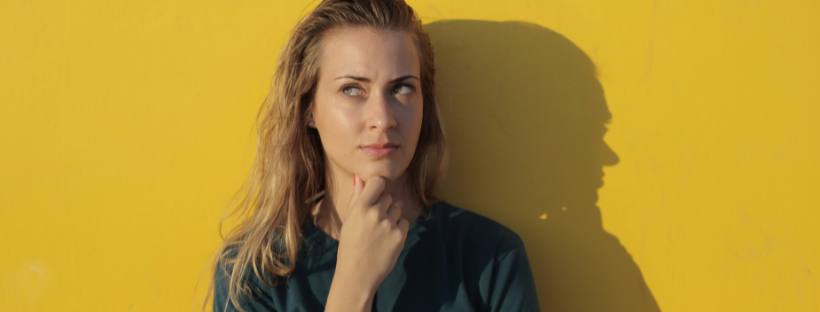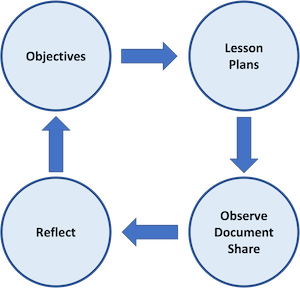
An effective lesson gives children
- Something to think
- Possibilities to interact
- Possibilities to ask questions
- Information based on their background knowledge
- Possibilities to build new skills
"A lot of approaches to lesson planning are content-driven, giving teachers some boxes to fill in," says Peter Brunn, director of professional development at the Developmental Studies Center in Oakland, Calif., and author of The Lesson Planning Handbook. "While these approaches include what we want to teach, they don't often contain HOW we're going to teach it." It's the "how," says Brunn, that makes all the difference in whether children actually learn.
Check out the Kindiedays Lesson Plans
Effective lesson planning requires the teacher to determine three essential components:
- Objective
- Body
- Reflection
OBJECTIVE
To start, come up with an active objective. Try to create it so that the lesson seems engaging.
"Today we'll explore the different styles of jumping" gives a signal for the children that they get to test it out together with you.
Brunn encourages teachers to create lessons that allow children to investigate various possibilities—even wrong answers—so that they truly understand why something is right. "You can't wing that kind of lesson," he says. "You have to set it up intentionally."
Get 6 free Kindiedays Lesson Plans
BODY
Once you have an active objective, it's time to plan the body of the lesson. Brunn suggests writing down open-ended questions and deciding how you will ask them and what you will do if your children don't or can't answer these questions. How will you probe their thinking? You need to continually facilitate the lesson to keep children focused.
During a jumping themed lesson, you could ask children questions as:
- Can you teach me to jump?
- Which animals or insects know how to jump?
- Are frog jumps and bunny jumps different? How?
- Can you jump down from objects?
- Can you jump up on objects?
- Can you jump over objects?
- What muscles you need for jumping?
- How many times you can jump? 5? 10? 20?
- How far are you able to jump?
- What is the smallest jump you can make?
Have some materials ready, for example a pillow that children can jump onto. Or a stable chair that children can jump down from. A measure is interesting too, in order to measure how far the children can jump.
And check before jumping that the gym floor is not slippery or ask the children take socks off! This lesson can be easily organized outdoors too, for example in a forest.
Allow children to move, test, try, investigate and have fun!
REFLECTION
Next, it's reflection time. Ask children what they learned and what they think you could have done differently. Brunn says the answers will help you end the lesson thoughtfully.
During reflection time, you can have a relaxation moment and for example give a little leg massage after all the jumping.
.png)
.png)

.png)
.png)
.png)